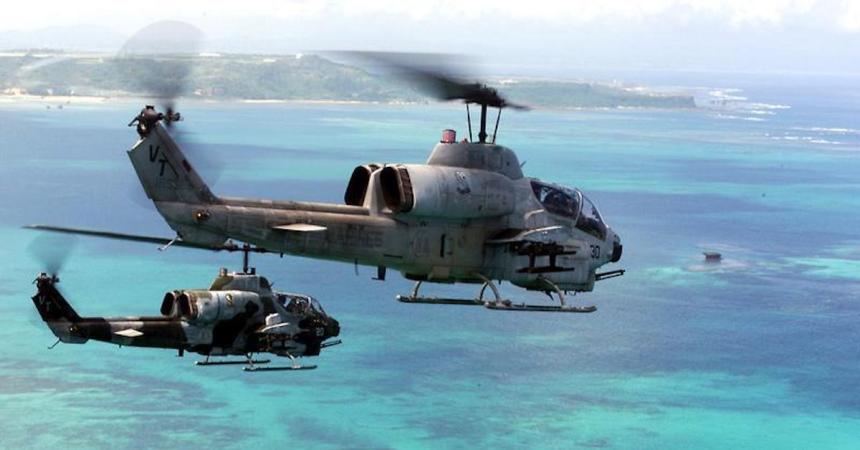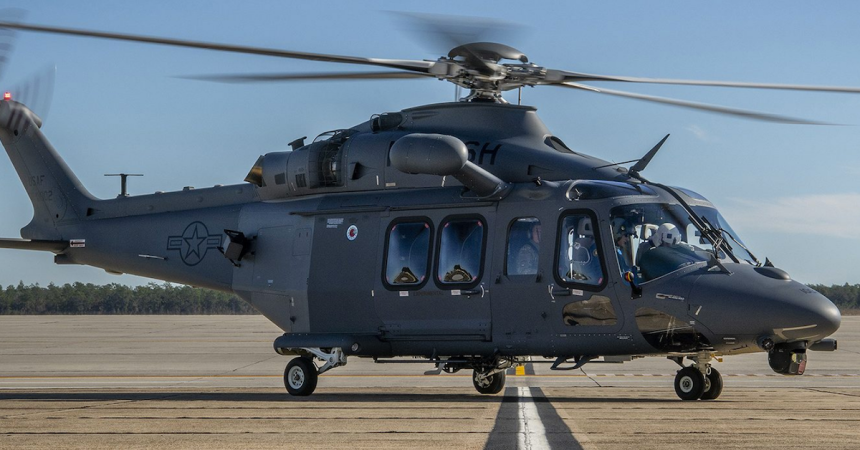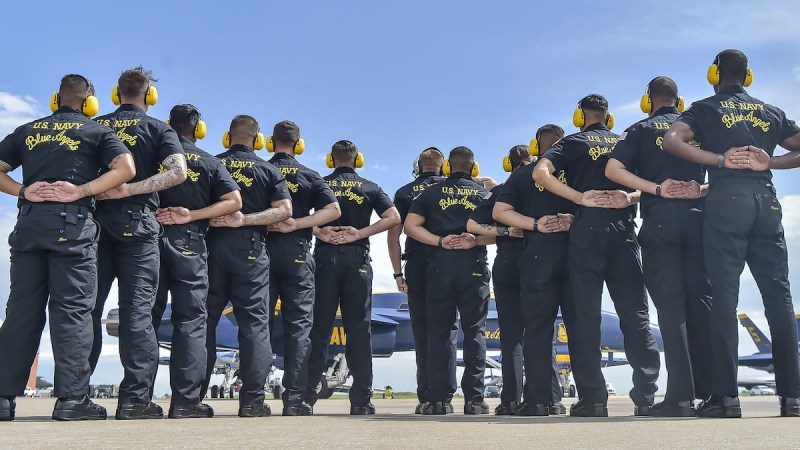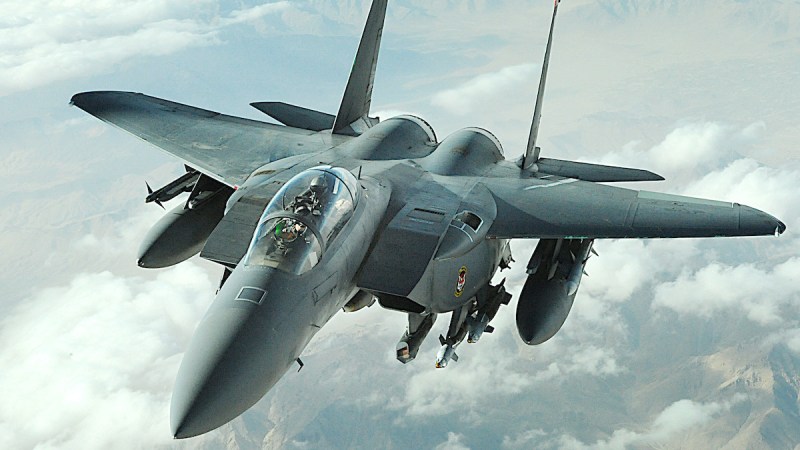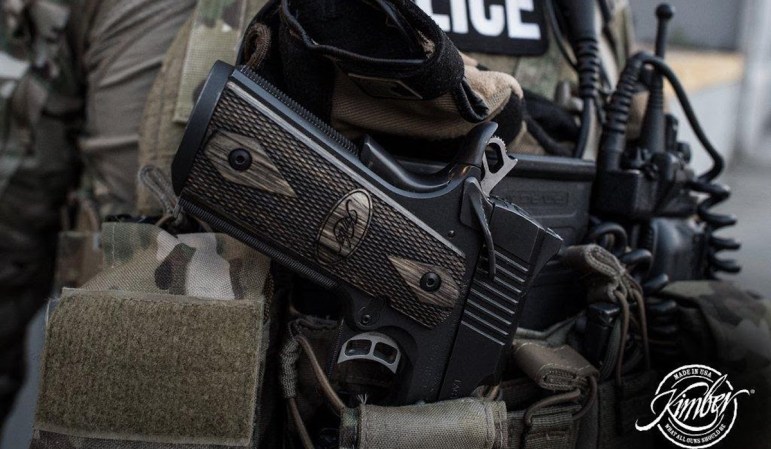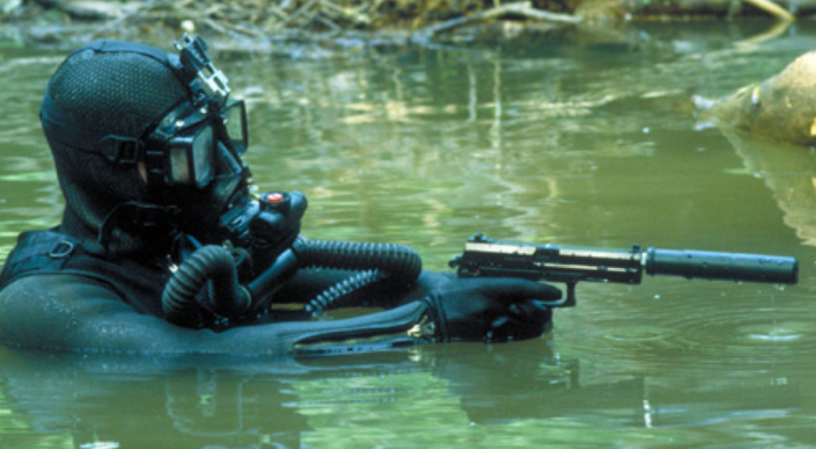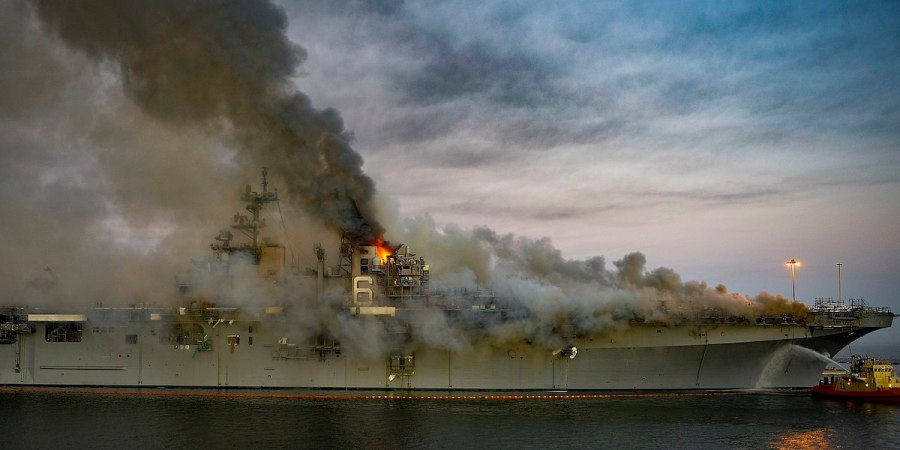
Dubbed the “widow-maker” in some aviation circles, the AV-8 Harrier is as dangerous to America’s enemies as it is to the pilots who commandeer it.
From its commissioning to as recent as 2013, there have been about 110 fighters involved in Class A mishaps — accidents causing death, permanent injury or at least $1 million in losses.
Related: This Marine pilot makes landing his Harrier fighter on a stool look easy
“Measured by its major accident rate per 100,000 flight hours, which is the military standard, the Harrier is the most dangerous plane in the U.S. military,” said Los Angeles Times reporter Alan C. Miller in the video below. “Overall the Marines have lost more than one-third of the entire Harrier fleet to accidents.”
The first Harrier model, the AV-8A had a Class A mishap rate of 31.77 accidents per 100,000 flight hours. The Marines improved the rate to 11.44 per 100,000 hours with the introduction of the AV-8B in the mid-1980s, according to Miller.
By contrast, the Harrier has more than twice the accident rate of the F-16, more than three times the rate of the F/A-18, and about five times the rate of A-10.
Despite its astronomical accident rate, the fighter is beloved and remains in service more than 40 years since its introduction in 1971.
“One Marine general who flew the plane early on described it as an answer to a prayer,” Miller said.

The Corps’ need for an aircraft with a vertical landing and short takeoff capability can be traced to the 1942 Battle of Guadalcanal. The Marines lost over 1,000 men during that fight and felt abandoned by the Navy to fend for themselves.
“Since then, the precept that the Marines in the air should protect the Marines on the ground has been an essential part of the Corps’ ethos,” Miller said.
This History Channel video shows how the Harrier supports the Marine Corps’ mission to fight anywhere, anytime regardless of the risks:
Engineering Channel, YouTube






